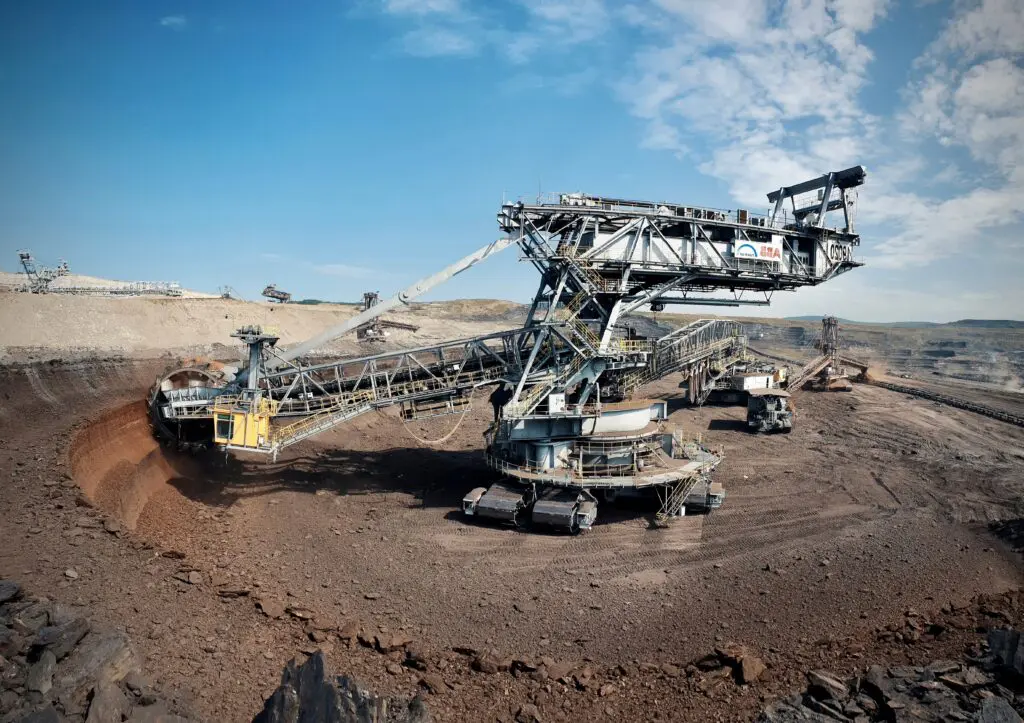Microsoft is scaling up e-waste recovery from its data centres with a rare earth recycling programme in the US.
The full project was launched on 17 April and involves Western Digital, Critical Materials Recycling and PedalPoint Recycling. It targets magnets in old hard drives, extracting the rare earth elements without using acid. China’s export threats have increased the urgency for a more local supply.
Multi-step process
So far, over 22 tonnes of drives have been processed in a pilot run. Recovered elements include neodymium, praseodymium and dysprosium. These are key for electric vehicles and wind turbines.
The recovery method uses a multi-step process developed by Critical Materials Recycling:
- Obsolete or old drives are shredded using traditional processes.
- The material is sorted and processed by PedalPoint. Magnets and steel are sent to Critical Materials.
- Rare earth oxides are extracted using an acid-free chemical process.
Zero waste goal
Materials recovered are being fed back into the US supply chain. Currently, the US accounts for just 15% of global rare earth production. Microsoft says this effort supports its 2030 zero waste goal.
Last year, it reused or recycled 91% of its Azure hardware, ahead of Microsoft’s 2025 target. The effort kept 3.2 million components in use across its data centres.
Microsoft declined to share recovery volumes or the potential financial benefits from the project.
Don't hesitate to contact us to share your input and ideas. Subscribe to the magazine or (free) newsletter.



